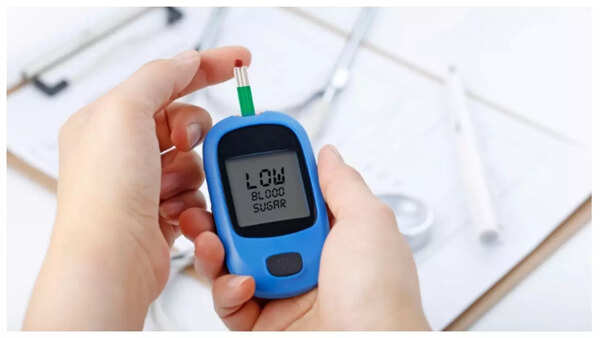Diabetes is a chronic, (mostly) irreversible and life-long condition, that affects millions of people globally. A chronic condition, Diabetes occurs when the body cannot regulate blood sugar levels due to insufficient insulin production or the body’s inability to use insulin effectively. Over a period of time, diabetes can damage your heart, nerves, and even eyesight. Contrary to popular opinion, diabetes can occur in children as well, and can start from an extremely young age. But, what are the symptoms of diabetes in children? Let’s find out…

What Is Diabetes in Children?There are two main types of diabetes that can affect children:Type 1 Diabetes: This happens when the body’s immune system attacks the cells in the pancreas that make insulin. Insulin is a hormone that helps sugar enter the cells to be used for energy. Without insulin, sugar builds up in the blood.Type 2 Diabetes: This type happens when the body does not use insulin properly. It is more common in adults but is becoming more frequent in children due to unhealthy lifestyles.Both types cause high blood sugar levels, which can lead to serious health issues if not treated.Common Signs and Symptoms of Diabetes in ChildrenDiabetes symptoms in children can develop quickly, especially in Type 1 diabetes. Sometimes, symptoms may be mild and go unnoticed, so it’s important to watch closely.Frequent UrinationOne of the first signs is that the child urinates more often than usual. High blood sugar causes the kidneys to work harder to remove excess sugar, leading to more urine. This may mean waking up several times at night to urinate.Excessive ThirstBecause of frequent urination, the body loses a lot of water, making the child feel very thirsty. They may drink more water than usual and still feel thirsty.Increased Hunger Even though the child eats more, they may still feel hungry. This happens because the body’s cells are not getting enough sugar for energy, so the brain signals to eat more.Weight LossDespite eating more, children with diabetes may lose weight. This is because the body starts breaking down fat and muscle for energy when it cannot use sugar properly.Fatigue and WeaknessHigh blood sugar levels make children feel tired and weak. They may have less energy for play, school, or other activities.Blurred VisionHigh blood sugar can cause fluid to be pulled from the lenses of the eyes, affecting the child’s ability to focus clearly.Slow Healing of Cuts and WoundsDiabetes can affect the body’s ability to heal wounds and fight infections. Cuts or bruises may take longer to heal.Recurrent InfectionsChildren with diabetes may get infections more often, especially yeast infections or urinary tract infections.Warning Signs of a Serious Condition: Diabetic Ketoacidosis (DKA)If diabetes is not diagnosed and treated early, children can develop a dangerous condition called diabetic ketoacidosis (DKA). This happens when the body starts breaking down fat too fast, producing harmful acids called ketones.

Symptoms of DKA include:Nausea and vomitingStomach painRapid breathingFruity-smelling breathConfusion or difficulty staying awakeDKA is a medical emergency and requires immediate treatment.Managing Diabetes in ChildrenManaging diabetes involves:Healthy Eating: Balanced meals with controlled sugar and carbohydrate intake.Regular Physical Activity: Helps control blood sugar and maintain a healthy weight.Medication: Children with Type 1 diabetes need insulin injections. Some children with Type 2 diabetes may need medication.Monitoring Blood Sugar: Regular checks to keep blood sugar within a safe range.Education: Teaching children and families about diabetes management.


